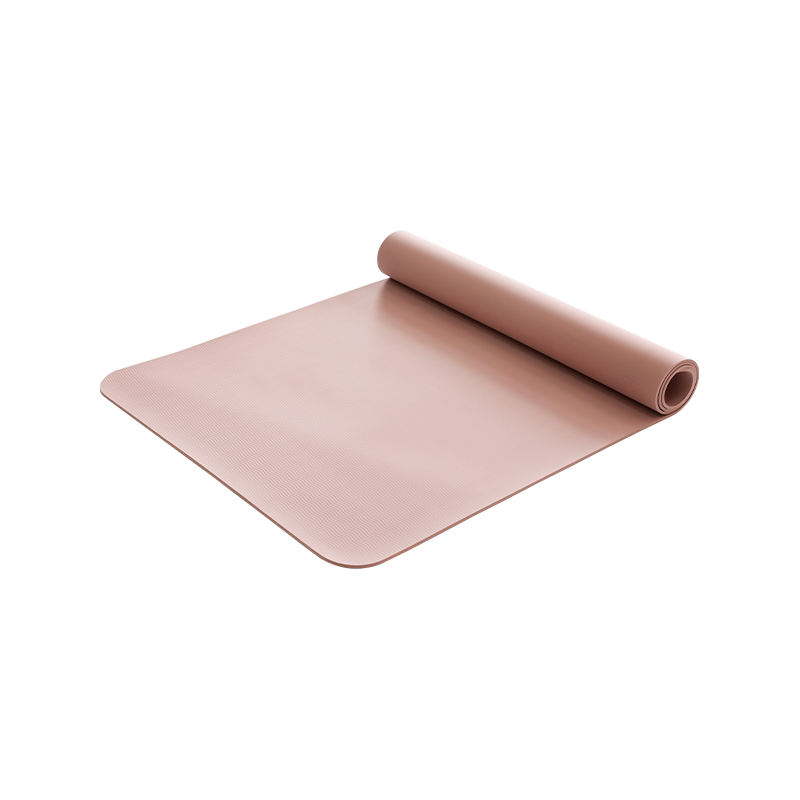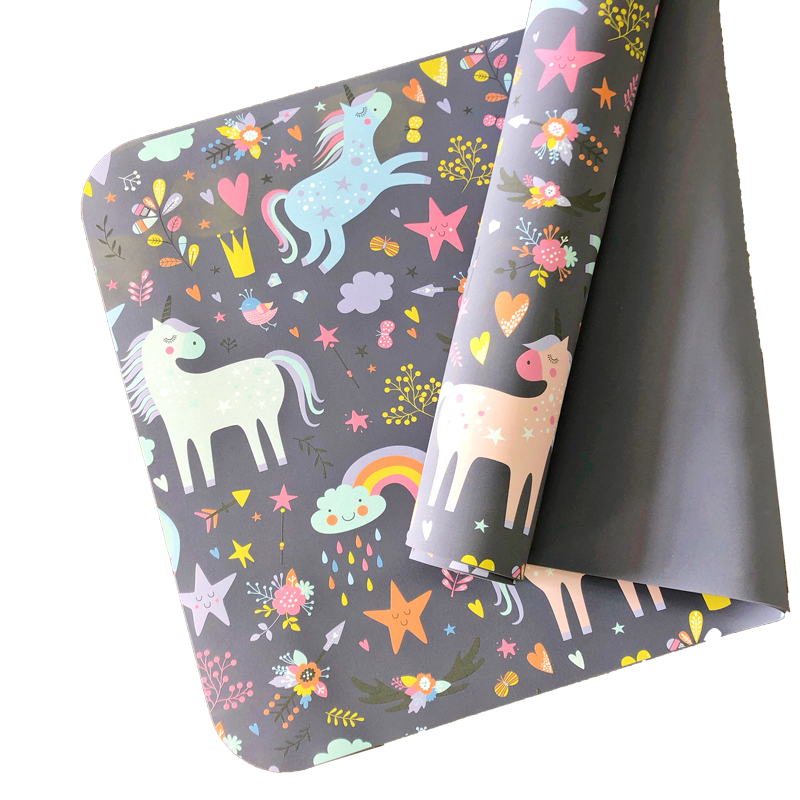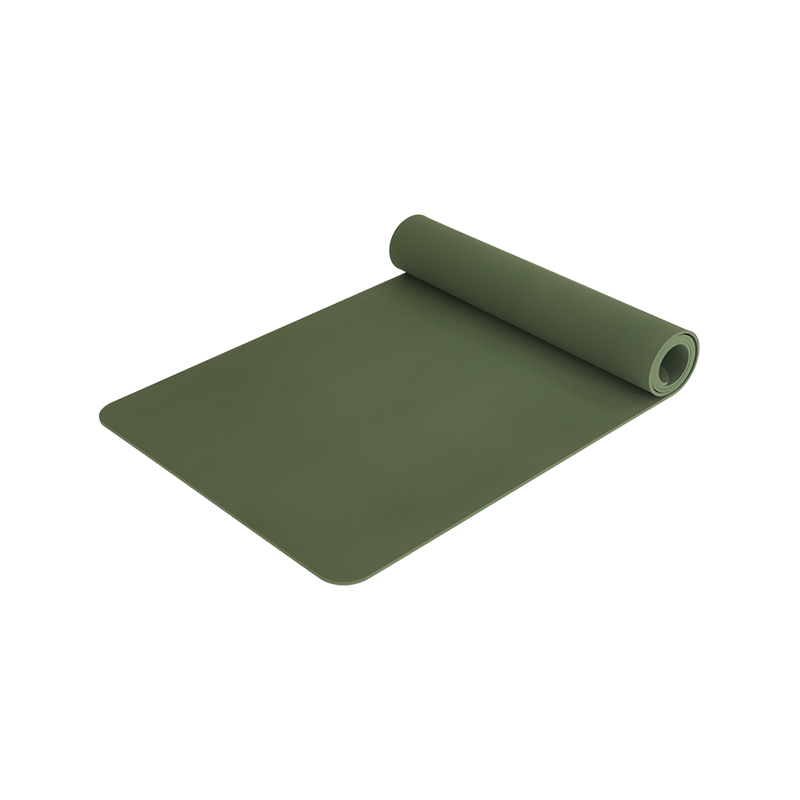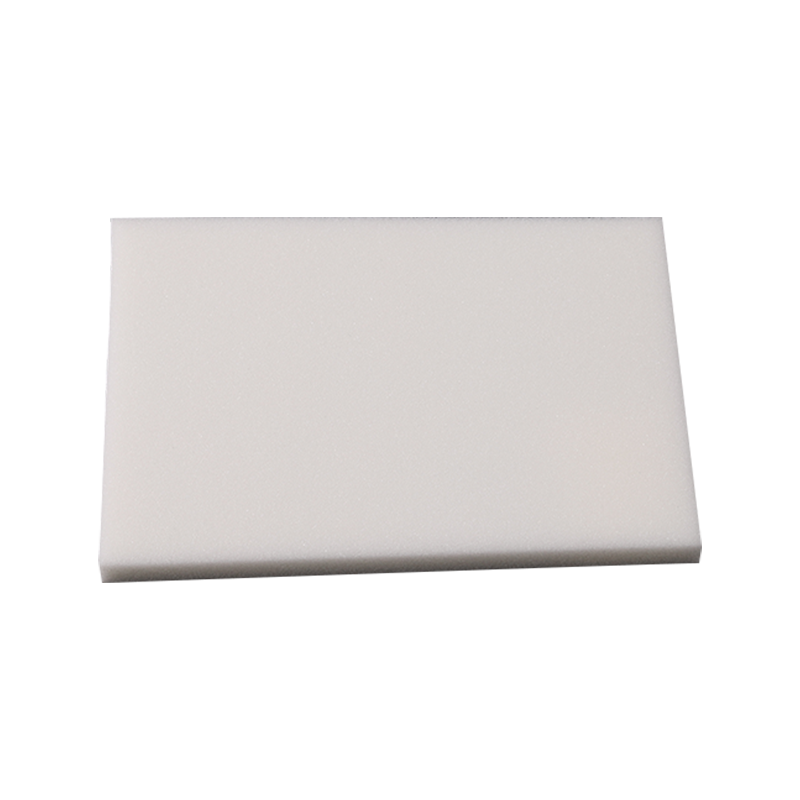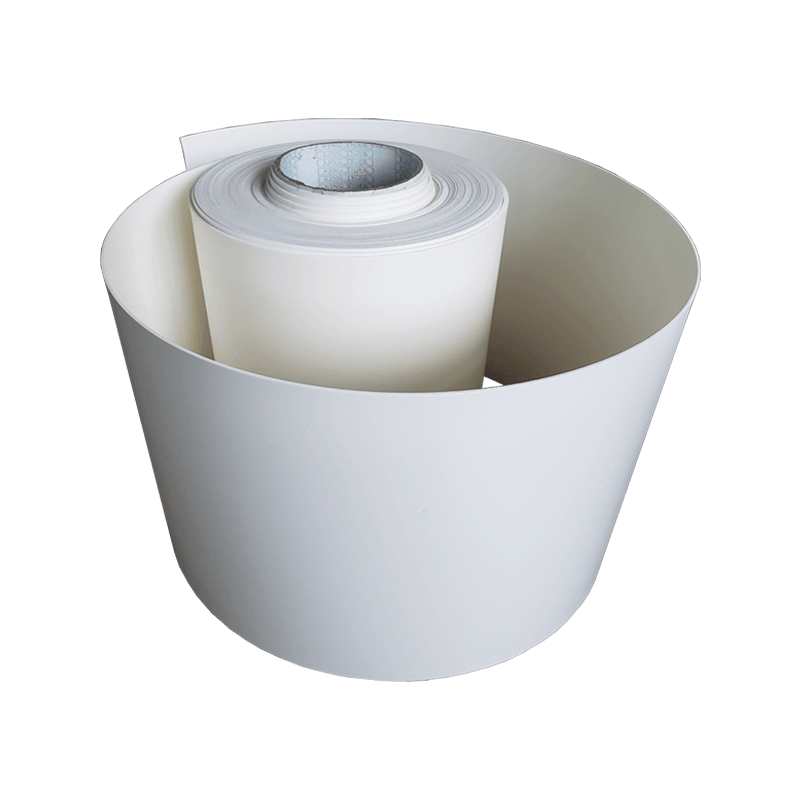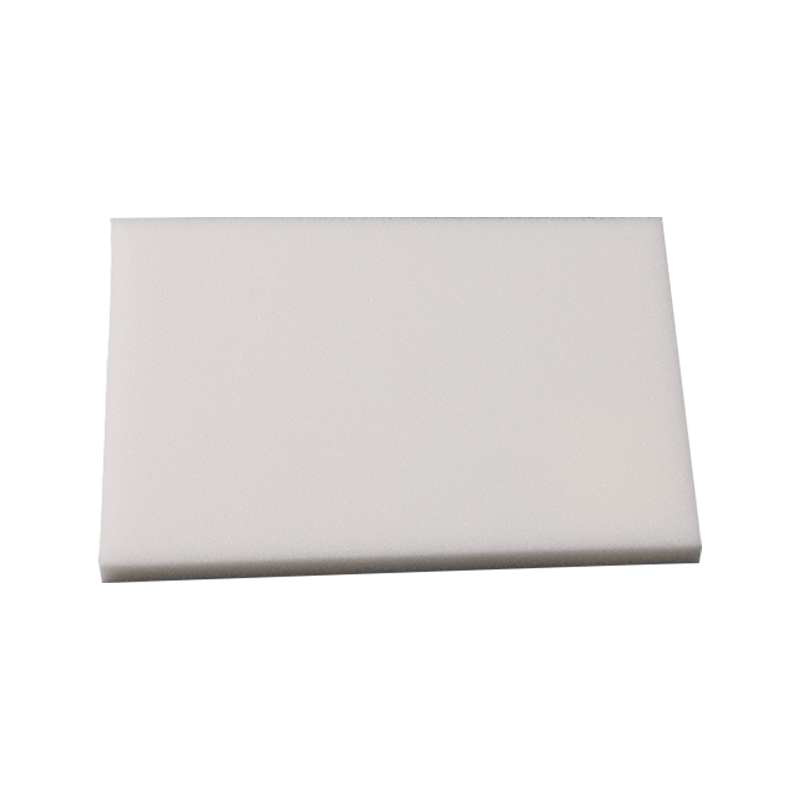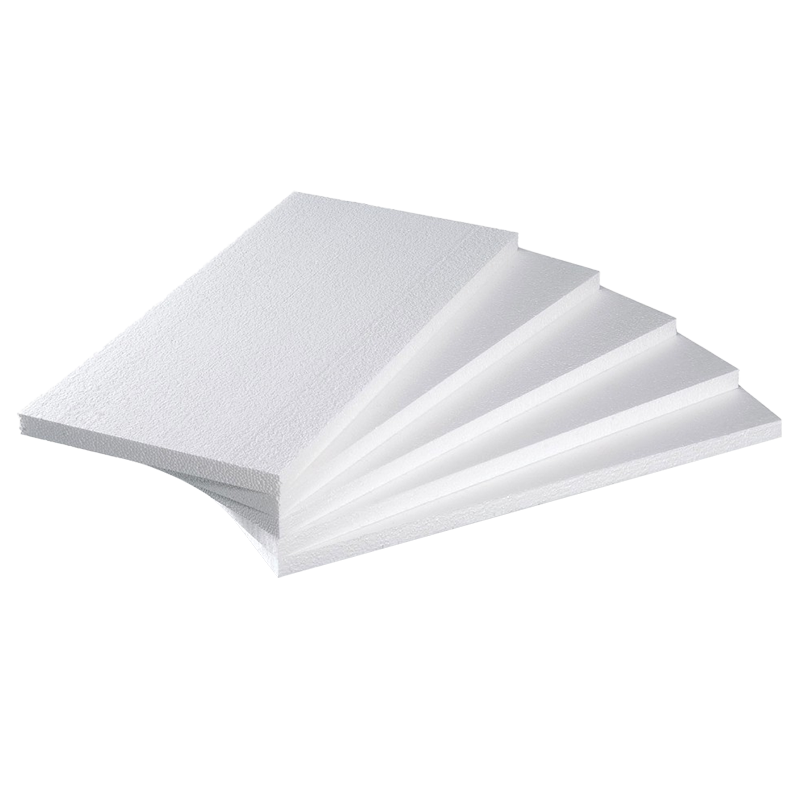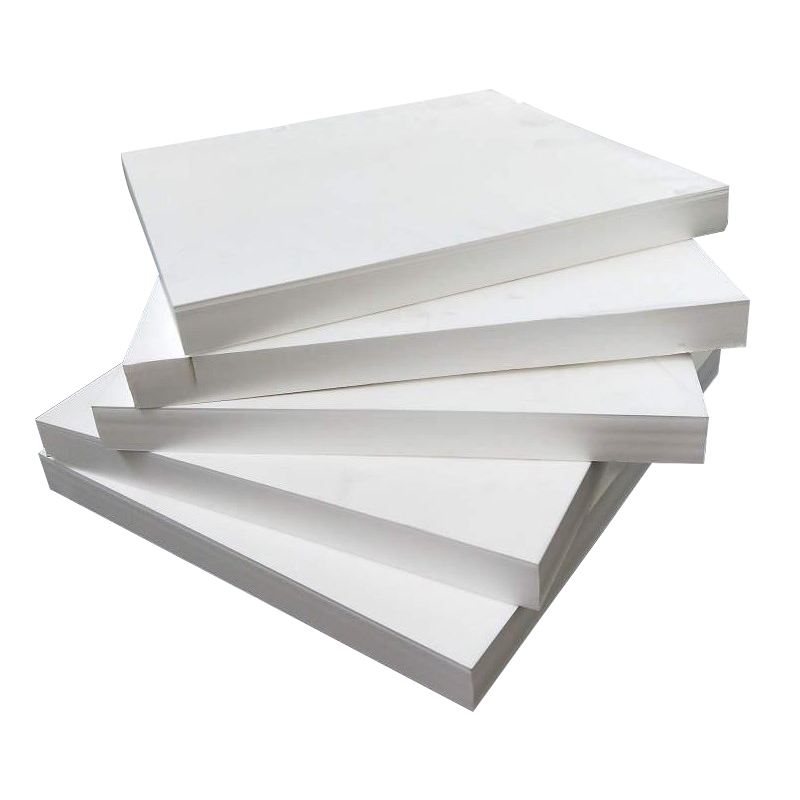Home / News / Beyond Price: 5 Critical Factors to Consider When Sourcing FR-MPP Foam Sheet
In the competitive landscape of industrial materials, the initial purchase price often dominates procurement discussions. For buyers and wholesalers seeking fr-mpp foam sheet, focusing solely on cost per unit volume can be a significant strategic error. This material, known for its exceptional cushioning, thermal insulation, and inherent flame retardancy, is selected for demanding applications where performance, safety, and reliability are non-negotiable. A substandard sheet can lead to product failure, safety violations, and reputational damage that far outweigh any minor savings achieved at the point of purchase.
Therefore, a sophisticated sourcing strategy must look beyond the price tag to evaluate the fundamental value proposition of the fr-mpp foam sheet. This involves a deep dive into the material’s specifications, its manufacturing provenance, and its suitability for the intended application. The following five critical factors provide a comprehensive framework for making an informed, strategic sourcing decision that protects your products, your clients, and your business.
1. Material Composition and Inherent Flame Retardancy
The defining characteristic of an fr-mpp foam sheet is, as the prefix denotes, its flame-retardant properties. However, not all flame retardancy is created equal. Understanding the method by which this property is achieved is the first and most crucial step in the evaluation process.
A high-quality fr-mpp foam sheet features inherent flame retardancy. This means the flame-retardant properties are built directly into the polymer matrix during the polymerization stage. The flame-retardant molecules are chemically bonded to the polymer chains, making them a permanent part of the material’s structure. This integration offers profound advantages: the protection does not migrate, evaporate, or leach out over time. It remains effective for the entire lifespan of the material, regardless of environmental conditions like humidity or temperature fluctuations. This permanence is vital for applications requiring long-term safety certification and performance.
In contrast, some lower-cost alternatives achieve their flame retardancy through an additive process. In this method, flame-retardant chemicals are blended into the polymer melt as a compound before foaming. While effective initially, these additives can be susceptible to plasticizer migration and can potentially bleed out of the foam over time, especially when exposed to heat or certain environmental conditions. This migration can lead to a gradual loss of flame-retardant performance, posing a long-term safety risk. It can also cause surface contamination, which may interfere with subsequent processing steps like painting, printing, or lamination.
When sourcing, it is imperative to request detailed technical data sheets and inquire specifically about the nature of the flame retardancy. Verify the testing standards the material meets, such as UL 94 V-0 or HF-1. A supplier who can provide transparent information about the material’s composition and its successful passage through rigorous standardized testing is one that values quality and safety. This foundational factor is the bedrock upon which all other considerations are built.
2. Consistency and Dimensional Stability
For wholesalers supplying manufacturers and for buyers integrating the material into a production line, consistency is not a luxury; it is a necessity. Variations in the physical properties of an fr-mpp foam sheet can cause significant disruptions in automated fabrication processes, leading to machine downtime, rejected parts, and wasted material.
Dimensional stability refers to the foam’s ability to maintain its precise shape and size under varying conditions of temperature and humidity. A high-quality fr-mpp foam sheet will exhibit minimal shrinkage or expansion. This is critical for applications requiring tight tolerances, such as in precision packaging for electronics or automotive interior components where the foam must fit into a specific cavity without gaping or buckling. Inconsistent sheet dimensions can jam cutting machines, result in improperly sized parts, and compromise the fit and finish of the final assembled product.
Beyond physical dimensions, consistency in cell structure and density is equally important. The closed-cell structure of fr-mpp foam sheet is responsible for its excellent cushioning and energy absorption properties. A consistent, uniform cell structure ensures predictable and repeatable performance in every batch. Variations in density can lead to inconsistent compression strength, meaning some parts may provide more or less protection than others. For a buyer, this unpredictability is unacceptable when the foam is tasked with protecting high-value goods.
Evaluating a supplier’s capability to deliver this level of consistency requires investigating their quality control processes. Inquire about their production tolerances for key metrics like thickness, density, and sheet flatness. Reputable manufacturers will have rigorous in-process quality control checks and will be able to provide certificates of analysis for specific production batches. This traceability ensures that every sheet you receive performs exactly to the expected specifications, streamlining your operations and ensuring the reliability of your final product.
3. Mechanical and Thermal Performance Properties
The functional application of an fr-mpp foam sheet is directly tied to its mechanical and thermal properties. These are not abstract numbers on a datasheet; they are concrete indicators of how the material will perform in the real world. Selecting a sheet with properties mismatched to the application is a direct path to failure, regardless of how attractive its price may be.
The key mechanical properties to scrutinize include compression strength, tensile strength, and elongation at break. Compression strength defines the material’s load-bearing capacity and its ability to absorb energy under a crushing force. This is paramount for protective packaging and weight-bearing insulation applications. A foam with insufficient compression strength will bottom out under load, offering no protection, while one with excessively high strength may be too rigid for delicate items.
Tensile strength and elongation measure the material’s resistance to being pulled apart and its ability to stretch before breaking. These properties are critical during fabrication processes like thermoforming or laminating, where the foam sheet is stretched and formed over molds. A material with poor tensile properties may tear during processing, leading to production halts and material waste.
On the thermal side, the thermal conductivity value (often expressed as k-factor or lambda value) quantifies the material’s effectiveness as an insulator. A lower k-value indicates better insulating performance. For applications in temperature-sensitive packaging or building insulation, this is a primary selection criterion. Furthermore, the operating temperature range defines the minimum and maximum temperatures the foam can withstand without degrading, softening, or losing its structural integrity. This is essential for applications in automotive or aerospace interiors, where components may be exposed to extreme temperature cycles.
A savvy buyer will cross-reference the supplier-provided technical data for these properties against the specific stresses of their application. This ensures the selected fr-mpp foam sheet is not merely adequate, but optimally engineered for the task, delivering performance, durability, and value over its entire service life.
4. Processability and Fabrication Compatibility
A perfect fr-mpp foam sheet on paper is useless if it cannot be efficiently and effectively fabricated into the required component or product. Its behavior during secondary processing is a critical factor that impacts production efficiency, final quality, and overall project cost.
Thermoforming is a common process for fr-mpp foam sheet, used to create complex three-dimensional shapes for parts like automotive headliner supports or contoured packaging inserts. The material must heat evenly and exhibit excellent mold replication capabilities to form sharp details without tearing or thinning inconsistently. A foam that thermoforms poorly will result in high scrap rates and inconsistent part quality.
CNC machining, die-cutting, and routing are also frequently employed. The fr-mpp foam sheet must cut cleanly without excessive crumbling or dust generation, which can clog machinery and require additional cleanup. The quality of the cut edge is also important for aesthetic applications. Furthermore, compatibility with lamination processes is key for many end-uses. The foam must provide a suitable surface for adhesives to bond to other materials like fabrics, films, or metals. The surface energy of the foam must be considered to ensure strong, durable bonds that will not delaminate.
A often-overlooked aspect of processability is post-processing efficiency. Does the dust generated during cutting require special handling? Can the scrap material be recycled easily? These factors contribute to the total cost of ownership and environmental impact of the material. Engaging with a technical representative from the foam supplier is highly recommended. They can provide specific guidance on processing parameters—such as optimal tool speeds, feed rates, and thermoforming temperatures—tailored to their material, thereby minimizing trial and error and accelerating your time to market.
5. Regulatory Compliance and Environmental Profile
In today’s global market, regulatory compliance is a baseline requirement, not an optional extra. An fr-mpp foam sheet must comply with a complex web of international, national, and industry-specific regulations governing safety, chemical content, and environmental impact.
Flame safety certifications like UL 94 and UL 94 V-0 are often mandatory. However, many industries require compliance with far more stringent standards. For instance, materials used in public transportation and aircraft interiors must meet specific smoke density and toxicity requirements (e.g., FAR 25.853 for aircraft) in addition to flame spread tests. The foam must not only resist burning but also generate minimal smoke and release non-toxic gases when exposed to fire. Failure to meet these standards can result in legal liability and catastrophic safety outcomes.
Beyond fire safety, regulations like the Restriction of Hazardous Substances (RoHS) and Registration, Evaluation, Authorisation and Restriction of Chemicals (REACH) in the European Union restrict the use of specific hazardous substances. A compliant fr-mpp foam sheet must be free of restricted substances such as certain heavy metals and phthalates. Reputable suppliers will readily provide test reports and declarations of conformity from accredited third-party laboratories to prove compliance with these critical regulations.
Finally, the environmental profile of the material is an increasingly important consideration for many businesses. This encompasses factors like recyclability, the use of recycled content, and the material’s overall life cycle assessment. An fr-mpp foam sheet that is 100% recyclable offers an end-of-life solution that can reduce waste disposal costs and align with corporate sustainability goals. Inquiring about a supplier’s environmental management systems and their product’s environmental attributes is no longer a niche concern but a central part of a responsible and forward-thinking sourcing strategy.


 English
English
 Español
Español

 ++86-0512-66079229
++86-0512-66079229

